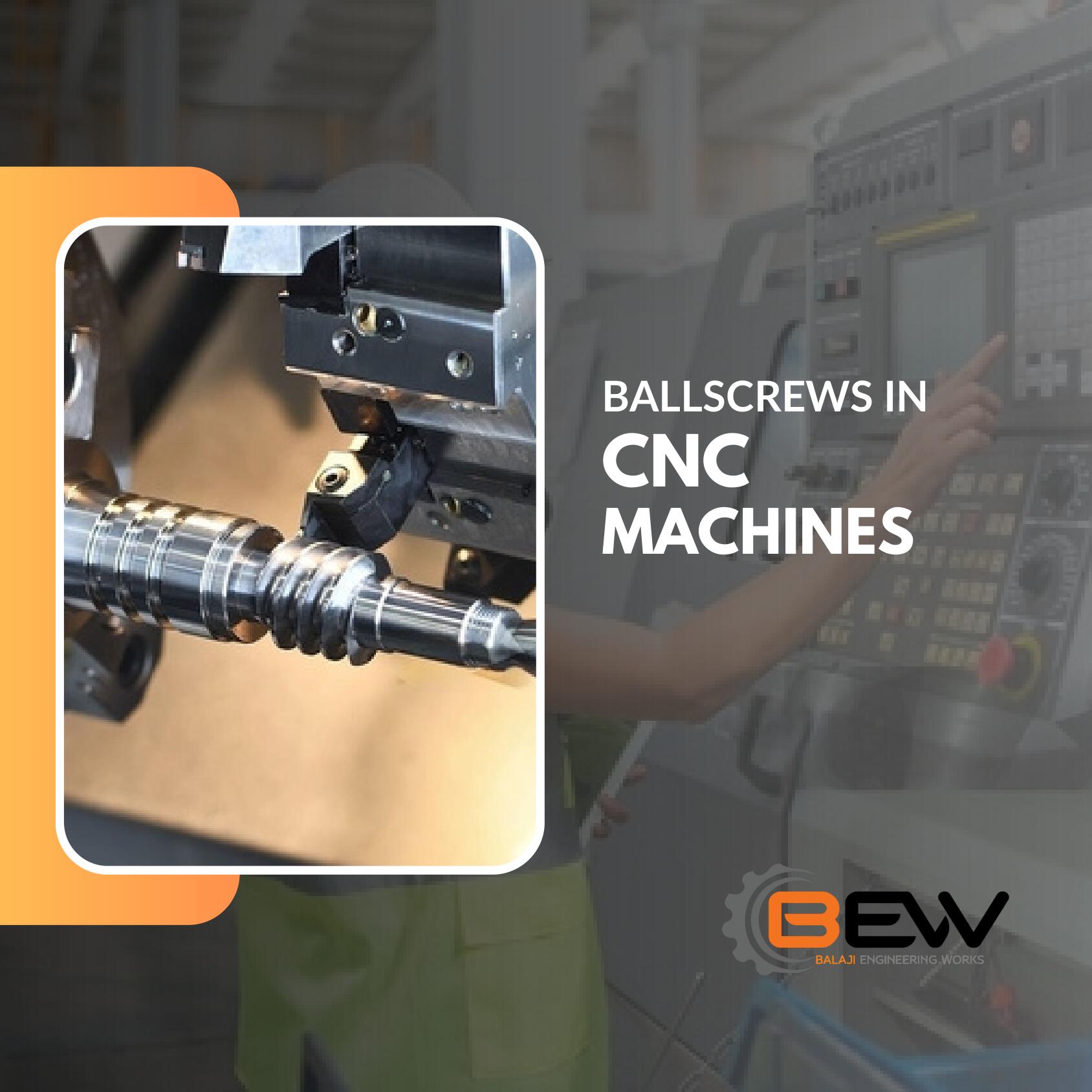Introduction:
In the dynamic world of manufacturing, Computer Numerical Control (CNC) machines have revolutionized how we create intricate and precise components. At the center of these machines lies a crucial component that often goes unnoticed – the ball screw. This ballscrew plays a pivotal role in translating rotational motion into precise linear movement, making it an indispensable element in CNC machining.
Understanding Ball Screws:
A ball screw is a mechanical linear actuator that converts rotational motion into linear motion with minimal friction. Its design consists of a screw shaft with helical grooves, known as threads, and a ball nut containing recirculating ball bearings. The interaction between the screw and the nut enables smooth and efficient motion, ensuring precision in the CNC machining process.
Key Features of Ball Screws:
Precision and Accuracy:
Ball screws excel in providing high levels of precision and accuracy in CNC machines. The recirculating ball bearings reduce friction, resulting in smoother movement and eliminating backlash – the undesirable play or movement in the system.
High Efficiency:
The rolling motion of the ball bearings along the helical grooves of the screw reduces frictional losses, making ball screws highly efficient in converting rotational energy into linear motion. This efficiency contributes to the overall performance and speed of CNC machines.
Reduced Wear and Tear:
The design of ball screws minimizes contact between moving parts, reducing wear and tear. This feature enhances the longevity of the CNC machine, making it a cost-effective and reliable choice for manufacturing processes.
Backlash Elimination:
Backlash is a common issue in machinery, causing a delay in response and decreased accuracy. Ball screws address this problem by providing a tight fit between the screw and nut, ensuring that there is minimal play in the system.
Location of Ball Screws in CNC Machines:
Ball screws are typically located in the axes of CNC machines, where precise linear motion is required. The primary areas include:
X-Axis:
The ball screw is commonly found on the X-axis, which represents the horizontal movement of the CNC machine’s cutting tool or workpiece. This ensures accurate and controlled lateral motion during machining processes.
Y-Axis:
In CNC machines with multiple axes, the Y-axis often incorporates a ball screw to enable precise vertical movement. This is crucial for creating intricate details and complex geometries.
Z-Axis:
The Z-axis, responsible for the depth or height of the cutting tool, also features a ball screw. This ensures controlled and accurate movement along the vertical axis, contributing to the overall precision of the machining process.
Applications of Ball Screws in CNC Machines:
Milling and Machining Centers:
CNC milling machines and machining centers rely heavily on ball screws to precisely move the cutting tool along the desired path. This is crucial for creating intricate designs and achieving high-quality surface finishes.
Lathe Machines:
In CNC lathe machines, ball screws facilitate the accurate movement of the cutting tool, allowing for the production of symmetrical and precisely dimensioned components.
3D Printing:
The additive manufacturing process in 3D printing involves precise layer-by-layer deposition of material. Ball screws play a vital role in controlling the movement of the print head, ensuring accurate and repeatable results.
Conclusion:
In the realm of CNC machining, the significance of ball screws cannot be overstated. These precision components, strategically located in the axes of the machine, are the driving force behind the accurate and efficient movement of tools and parts. As technology continues to advance, the role of ball screws in manufacturing processes is likely to evolve, paving the way for even greater precision and innovation in the world of CNC machining.


